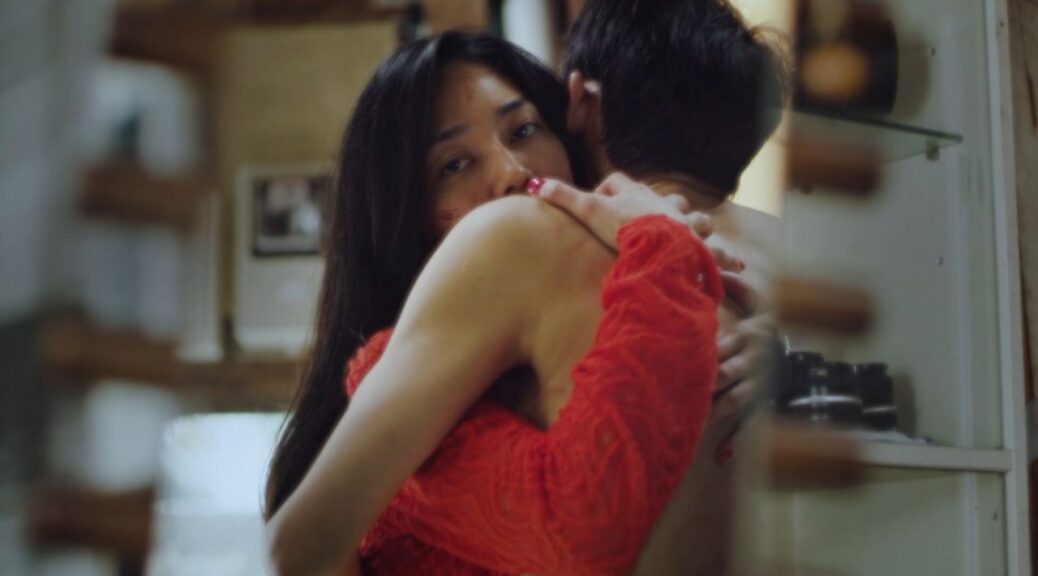Orchestrator of Storms: The Fantastique World of Jean Rollin
by Hope Madden
Who is Jean Rollin? He was an underappreciated French genre filmmaker of the 70s, 80s and 90s – kind of the Jess Franco of France.
Who is Jess Franco? A horror filmmaker known primarily for lurid, colorful B-pictures, often featuring hot, naked lesbian vampires. He’s the Jean Rollin of Spain.
You’ll be better able to tell them apart if you watch Orchestrator of Storms: The Fantastique World of Jean Rollin. Documentarians Dima Ballin and Kat Ellinger want to make sure the world remembers and recognizes Rollin’s contribution to film. Changing the smarmy discourse among those of us who do know his work is a second-tier goal.
That’s not to say that the filmmakers shy away from Rollin’s poor critical reception or comparisons to Franco. Indeed, Rollin stepped in to complete two films Franco started, including Zombie Lake, a film so terrible it nearly ended Rollin’s career.
Talking with several of Rollin’s colleagues, a couple of the actresses best known for his films, and writers who’ve championed his work, Orchestrator of Storms tells the tale of an artist who loved what he did and struggled to make a career out of filmmaking regardless of the challenges. He even directed a load of hard-core porn titles to keep the lights on.
Fascinatingly, one of the challenges was France itself, which, in the 70s and 80s, was hardly a hot spot for genre filmmaking. Being a contemporary of New Wave artists, Rollin faced backlash for his fanciful, decidedly unpolitical output.
A lot of the struggle could also have been that many of Rollin’s films are just plain terrible, a possibility mostly unexplored in the doc. But what’s most intriguing is the image you get of Rollin as a person, mainly from actors Brigitte Lahaie and Francoise Pascal, as well as former film festival programmer Kier-La Janisse, who also produces.
They build a picture of a humble, kind man driven to exercise his imagination. And, as the film rightly points out, there are times when that imagination delivered amazing product. Fascination, The Iron Rose and Living Dead Girl are more than macabre dances among the nubile nude, although they certainly are that as well. With these films, Rollin’s evocative imagery details gruesome stories unlike anything else.
Orchestrator of Storms would have benefitted from more of Rollin’s work. Though Vallin and Ellinger do a fine job of enlivening talking head footage, no one’s movies looked like Rollin’s. Talking about his aesthetic doesn’t do them justice. You need to look at them.
That aside, this is a film that deeply appreciates a filmmaker who rarely received such love. The conversations are candid and often moving. The film leans a little too close to mash note, but there is something undeniable in the work of Jean Rollin that probably deserves this kind of love.













